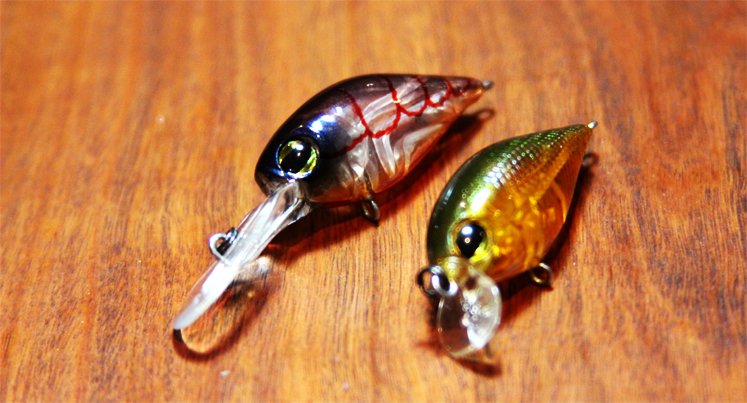Have you had a crank lately? Yep, it’s that time of the year again- Christmas is just around the corner and if you blink, you’ll miss it.
The weather is turning up the heat and the cicadas are just about to roar. It is in the warmer months that this type of fishing is most productive. For those who have never used crank baits (aka hard bodies) or have little experience using them, crank baits are a great lure to get a reaction bite and many species of fish will smash them. I’m not going to pretend to be an expert but I absolutely love using cranks, so I thought I’d share some simple tips to help those who find this type of fishing overwhelming or dont know where to start. There are heaps of different types of crank baits on the market that come in many different shapes and sizes. There are short fat ones, long skinny ones and a whole heap in between. I have a personal preference for short fat ones like the S36 and D36 in the Pro lure range, which bream absolutely love. These little lures are the perfect size at 36mm in length; weigh around 4g so they cast great; and the two models dive from 1m (S36 Shallow) to 2m (D36 Deep).
Tackle:
There are lots of different options but I try to keep this as simple as possible. I like to use a softer/medium action rod in the 7ft 4lb-8lb range, and a reel size around 2000 to 2500. As far as line is concerned I throw them on 3 or 4lb straight through fluorocarbon but braid can also be used with a light fluorocarbon leader.
Location:
If you are still dialing in your casting accuracy then I would suggest either fishing weedy flats or finding a fishery that is quite open and has lots of broken weed beds, rocky edges or rock walls. Depth is a major consideration. Choose the S36 when working areas 1m and shallower, and the D36 when working areas up to 2m deep.In the picture below you will see mangrove edge with oyster encrusted rocks, this is prime bream territory. This area is best fished as the tide is receding. Cast your lure up current at 45 degrees to the edge and work the lure back down as the bottom drops away.
For those that have your casting accuracy down pat, throw your cranks at mangrove edges, as well as timber laden banks and man-made structure such as boast hulls, pontoons and bridge pylons.
The picture below shows a small tributary with mangrove edges either side, a great spot to fish as the tide is receding.
Technique:
Now onto the retrieve. Using a slow roll technique work the lure back across the structure, the slower the better. 9 times out of 10 this will get the fish to react. You just need to make sure the rod tip has a mild wobble which indicates the lure is actually swimming. You want the lure to be close to, if not bumping in to the structure/bottom. Often a lure bumping in to rocks will entice a bite. On open weedy flats, don’t be discouraged if you are constantly picking up weed. This is a sign that your lure is ‘in the zone’. Add a pause into the retrieve to let the lure float up a little if you find it is constantly scraping the bottom, this can also induce a strike at times.
Now for the hook up. To hook the fish you don’t need to ‘strike’ as you would with other lures such as soft plastics. Often the fish will hook themselves, and a firm wind to take up the slack is all that is required, but be ready as the second you stop concentrating is usually when the bite will come. Lastly, it is quite easy to pull hooks using crank baits so keep your drag on lower setting.
This is just the beginning and I’m sure that once you start, you won’t stop. Crank baiting will not only be responsible for some of the most productive explosive fishing sessions you will have, but some days fish will only be hitting hard bodies so you definitely want to have this technique under your belt.
Stay tuned as our next article will look at a more advanced approach to cranking techniques.
Cheers
Luke



